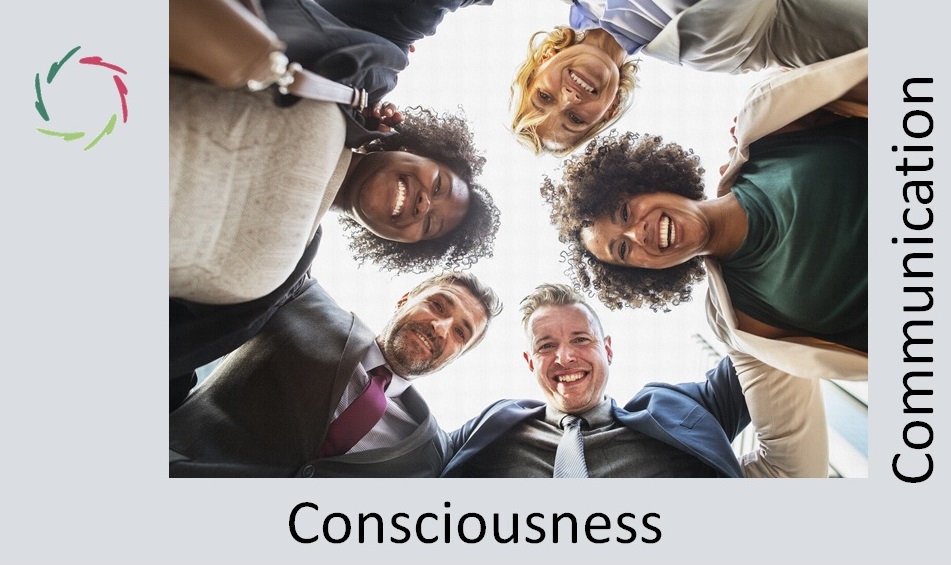Addictive Behavior = Communication

ADDICTIVE BEHAVIOUR = SYMPTOM = SYMBOL
Addictive behavior (overeating, smoking…) is a symptom, comparable to other symptoms.
So you can approach it – just like all other symptoms – in 2 ways:
- the symptom as a not-symbolic entity. In this case, the behavior is something that you just want to get rid of as quickly and as easily as possible (symptomatically). It is the expression of an underlying condition (the addiction) which you want to deal with or not, but not through the symptom.
- the symptom as a symbolic entity. In this case, the behavior is an entry through which you can get in touch with the underlying. At the same time it also is the underlying. (This is what symbolism means.)
In both cases, you can compare the addictive behavior with a door.
In the first case it is intended to keep the door shut (or even to lose it) in such a way that it no longer affects your further daily life (as if that’s possible). In the second case, the aim is to keep the door open so that you can communicate with the underlying, also through this door-opening.
Well, if some behavioral change is your aim, it is interesting to look at this behavior in the second way. Note that according to this vision, your behavior itself is not due to the addiction, but is a part of it. By communicating with your behavior, you directly communicate with your addiction. Your behavior itself is an ideal entry to your deeper self. So:
Let your behavior speak to you.
In practical terms, when you quit smoking for example, it’s interesting to think back to AURELIS sessions each time you smoke, especially to a deep (whether or not vague) feeling that you might already have experienced at certain sessions. Furthermore, you may actually ask yourself some things during smoking (again and again, with each cigarette), things like:
Do I ‘want’ this now?
Is what I am doing now the result of a desire or of a frustration?
Will I feel really good later on at what I am doing now?
What is this feeling that one could call ‘caring for a smoke’ ?
What is this feeling that one could call ‘satisfaction through smoking’?
Is a deeper satisfaction from a different behavior possible for me now?
It is of course in this not the intention to analyze, but to communicate.
If you wish, you can also see the latter as a form of ‘spontaneous association’, whereby the spontaneous aspect is very important (so, the fact of being honest with yourself) and in which the associations themselves do not necessarily have to be explainable. Vague feelings are OKAY, as long as they are your own original feelings. So, while a certain behavior is going on, you ask yourself the questions that are listed here above and you let the answers (or non-answers; that doesn’t matter) come to your mind spontaneously. In such case the change in your behavior is not to be seen as merely the result of a change in underlying motivation.
“And how does my underlying change in personality translate into an underlying behavioral change?”
That is not relevant here. You learn to see the whole as a oneness.
Your behavior and your change in behavior form a oneness with you.
Communicating with this = communicating with your total self.
Fantastic, isn’t it?


